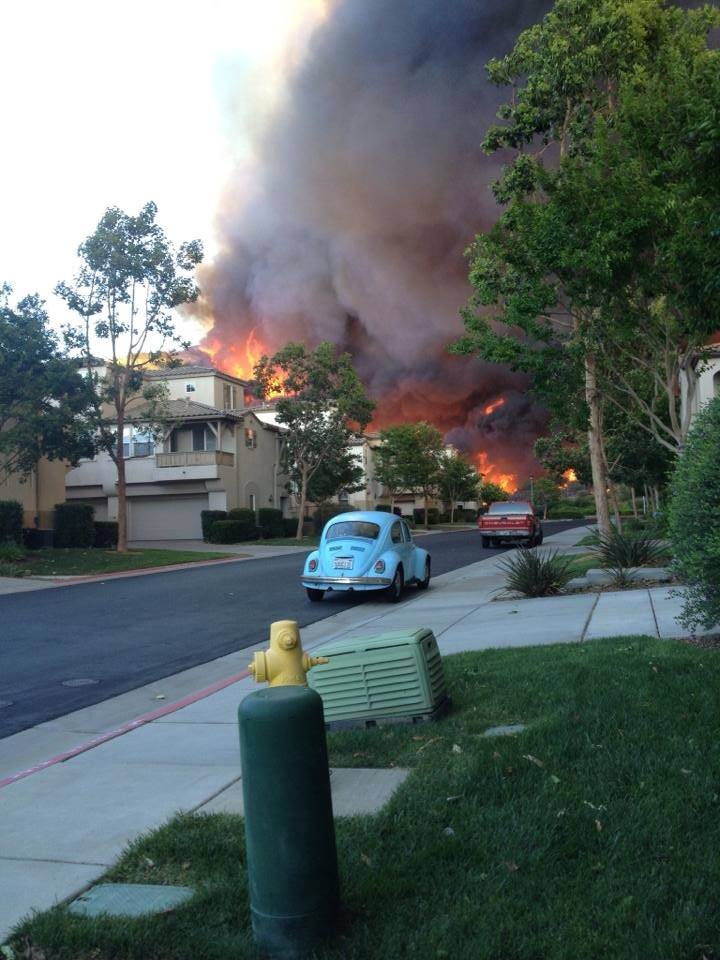Home & Wildfire
Wild fire insurance is a growing concern especially in California. With wild fire growing more frequent and aggressive every year, having proper home coverage is more important than ever. We want to make sure that you have the proper home insurance coverage. We write with many insurance companies that are even still offering insurance in the high fire areas. We are also appointed to offer CA Fair Plan pairing a DIC wrap policy if necessary.
- FireLine Score: What Is It? What’s Yours?
- 2018 was the most destructive wildfire season on record in California. Due to the unexpected number of claims, many carriers have decided to not offer renewals or have drastically increased rates. As a result, you may be non-renewed if your property is in a high fire risk area. Everyone in California is subject to new wildfire underwriting guidelines, and ISO (Insurance Services Office) has the leading source of information about property and casualty risk. In order to accurately assess a dwelling’s exposure to wildfire, they developed and trademarked a scoring system known as “FireLine”. FireLine is a score from 0-30, and it combines several different risk factors regarding a home, the satellite imagery around the home, and pinpoints it to the property address. Here’s How It Works There are three critical factors that affect the risk of wildfire loss: 1. Fuel—Grass, trees, or dense brush can feed a wildfire. FireLine calculates an average of fuels in a 3 radial distance within a mile of the dwelling. 2. Slope—Steeper slopes can increase the speed and intensity of wildfire. They also increase prices of rebuilding if necessary. 3. Access—Identifies whether a dwelling is located where firefighting equipment may have trouble negotiating, such as dead-end roads.
FireLine calculates the risk from each of these factors, as well as provides hazard ratings for specific properties. FireLine also identifies properties located in Special Hazard Interface Areas—risks outside fuel areas but exposed to wind-borne embers and high heat from nearby fuels.

